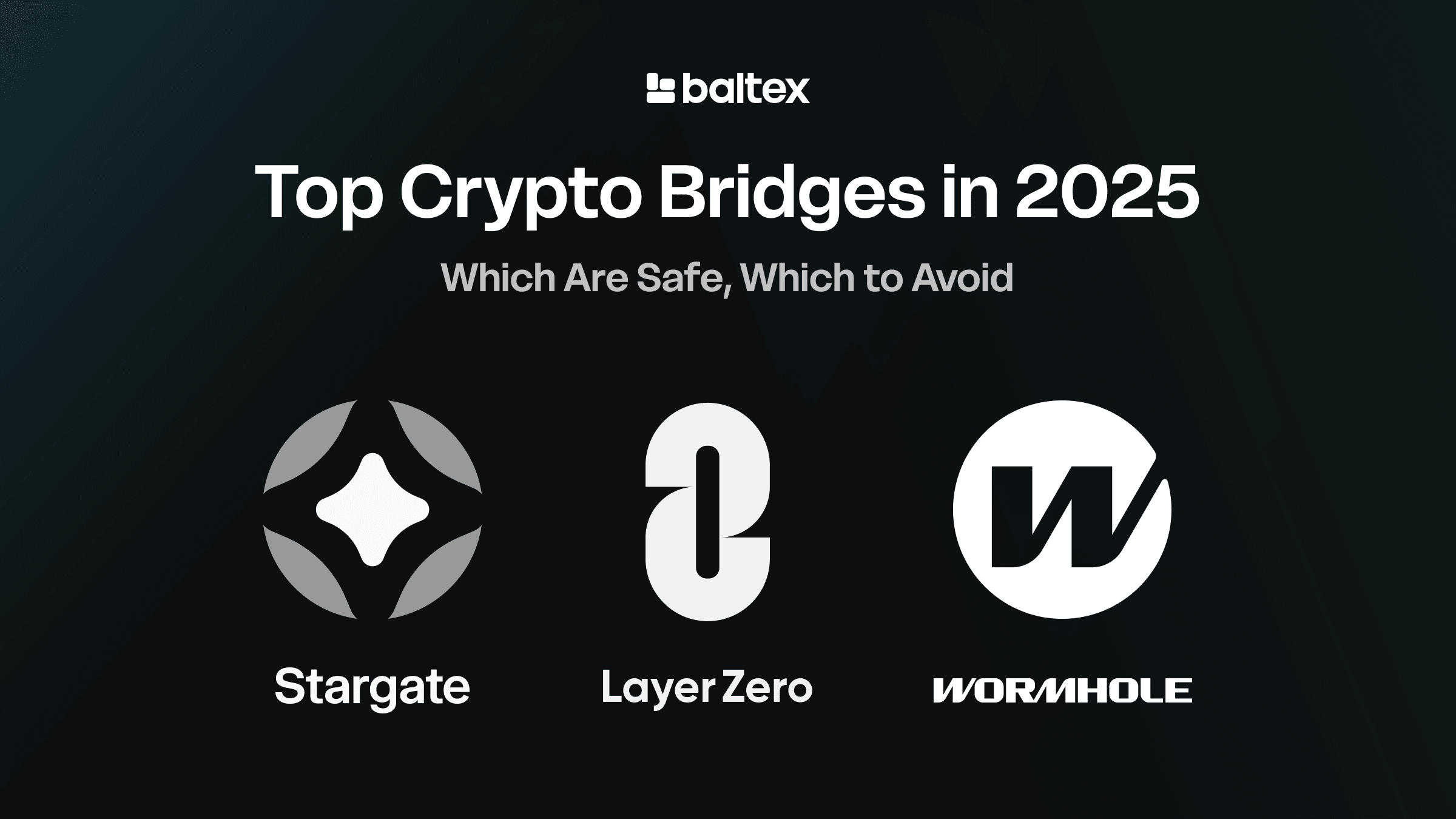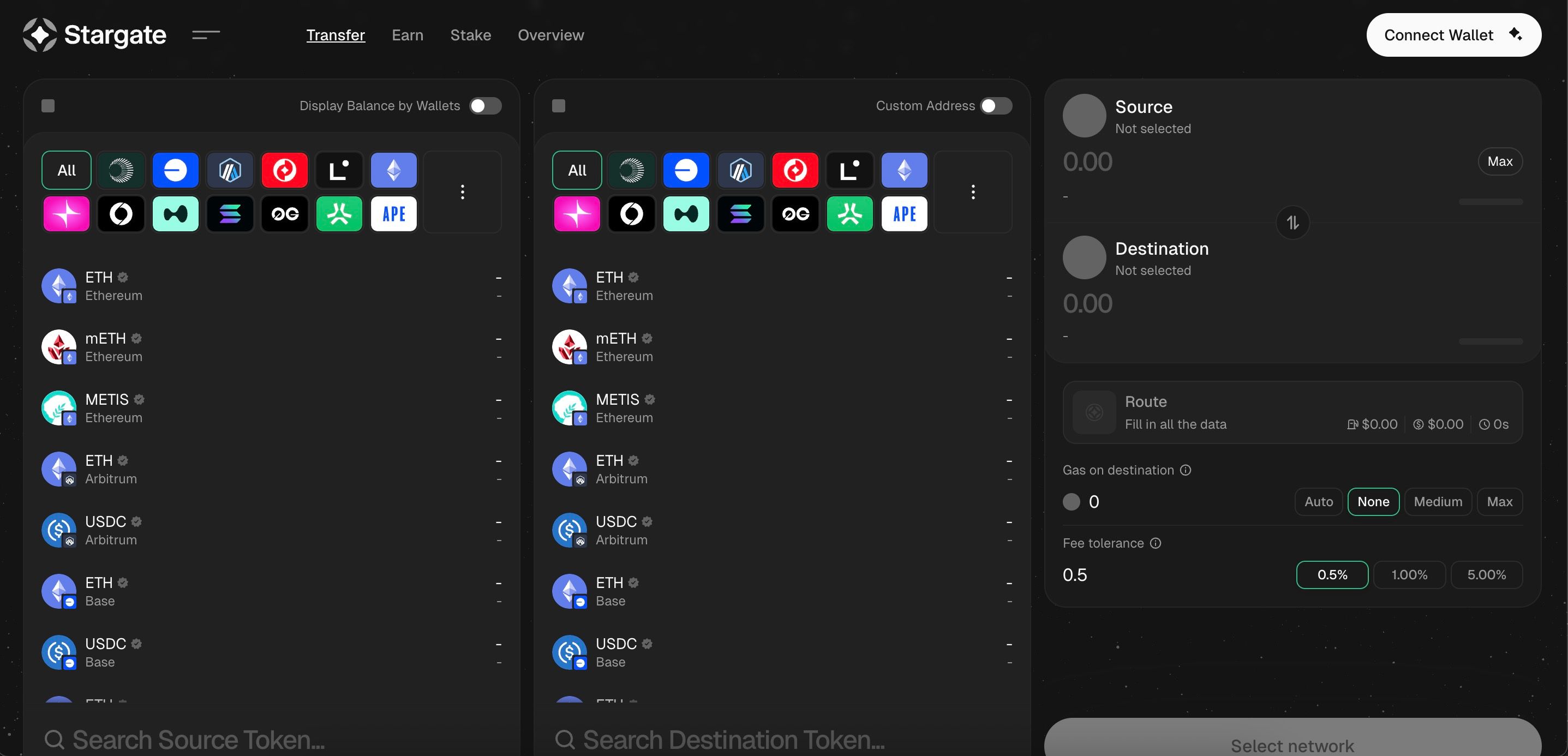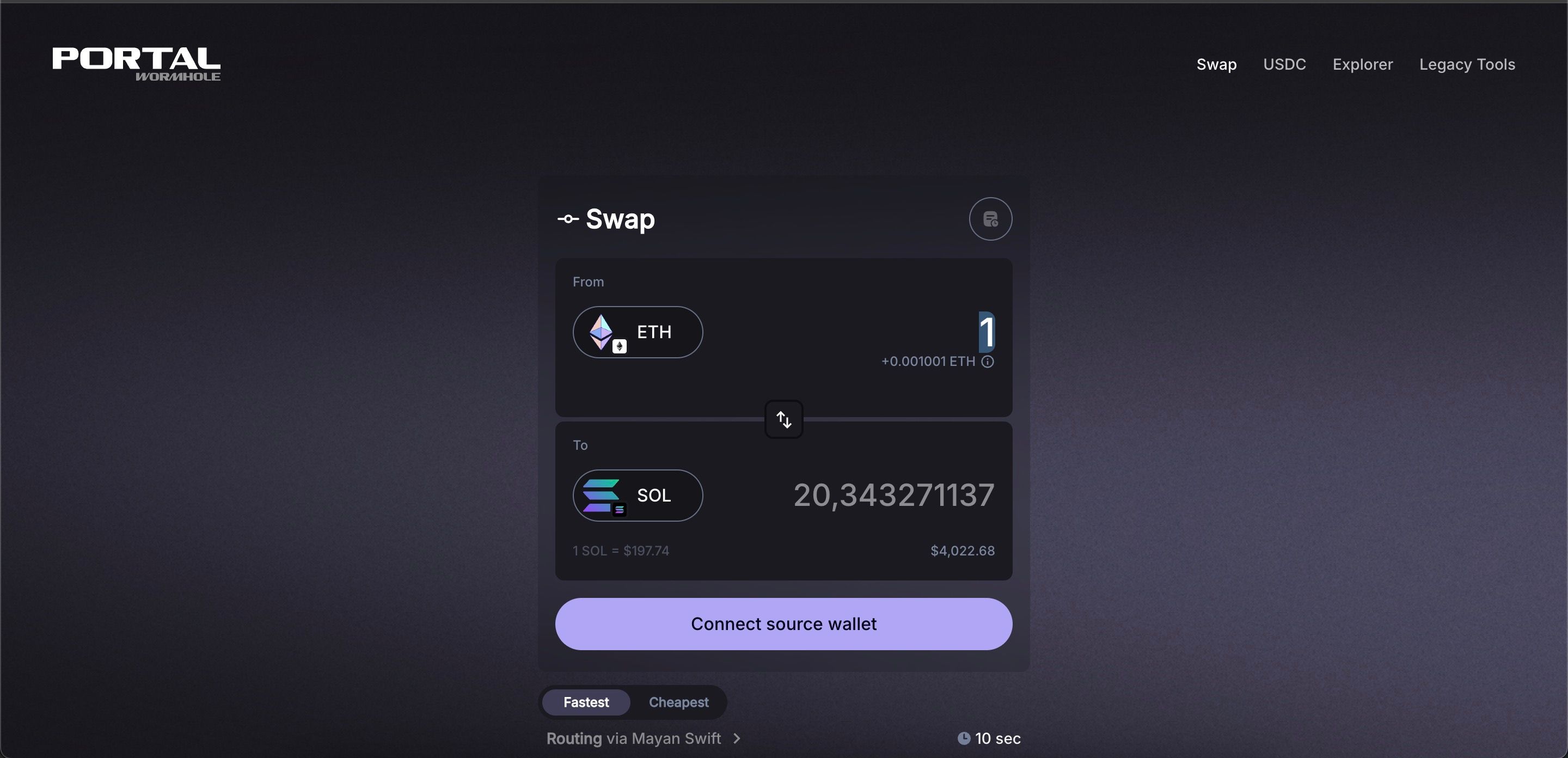
In 2025, you might be wondering which cross-chain platforms top the list for speed, security, and reliability. After all, with more blockchains than ever, it’s crucial for you to be able to move digital assets smoothly. In this post, we’ll dive into what many call the top crypto bridges 2025, exploring their features, examining common risks, and sharing real-world tips so you can pick the right tool for your investment strategy.
Before we jump into the nitty-gritty, let’s get one thing straight: crypto bridges exist to connect different blockchains, letting your tokens “hop” between networks. It's like traveling between two countries that speak different languages. The bridging process translates assets from one network into a temporary or wrapped version on the other network, letting you cross the border with minimal hassle. But how do you choose the best one? Let’s break it down.
When you use a crypto bridge, you typically lock your original tokens on the source chain. That bridge then issues newly “wrapped” tokens on the target chain. For example, if you lock Ethereum on Chain A, you get an equivalent token (like wrapped ETH) on Chain B. When you’re ready to head back, you burn the wrapped tokens and unlock your original ones.
This mechanism allows you to participate in a broader ecosystem. You aren’t limited to one blockchain’s functionality. If you see a DeFi protocol or a cool NFT marketplace on another network, bridging can take you there.
Let’s be honest: most investors and DeFi enthusiasts crave flexibility and higher yields. Bridges enable you to chase attractive interest rates by dipping into new liquidity pools. They also let you spread your bets by using different chains for different investments—perhaps staking on one chain and NFT trading on another.
Another reason bridging is hot these days is that blockchains have become specialized. Some are known for blazing-fast transactions, while others excel at decentralized governance. Using a bridge helps you take advantage of multiple strengths, rather than committing to a single chain’s pros and cons.
Below, you’ll find several bridging solutions that have gained traction heading into 2025. Each one has its own claim to fame, whether it’s all about speed, low fees, or robust security designs.
Stargate is the primary bridge built on the LayerZero protocol, designed to simplify cross-chain transfers through a unified liquidity pool model. Unlike older bridges that rely on wrapped tokens, Stargate enables direct asset movement across chains, removing inefficiencies and slippage risks tied to fragmented liquidity.
Key Features:

For performance, Stargate stands out in stablecoin transfers, delivering quick settlement and transparent fees. The LayerZero security model decentralizes message validation across independent oracles and relayers, which reduces single points of failure but still requires trust in external operators. With high liquidity and consistent execution, Stargate has become a default choice for retail and institutional users looking for efficient cross-chain stablecoin flow.
Wormhole functions as a generalized cross-chain messaging layer rather than a dedicated liquidity bridge, supporting token transfers, NFTs, and application-level data across more than 20 blockchains. Its bridging utility is just one component of a broader interoperability stack that has made it attractive to developers building multichain apps.
Key Features:

Performance is generally reliable, though settlement speed can vary under high congestion. Wormhole experienced a major exploit in 2022, which was later covered by backers, and the protocol has since undergone repeated audits and upgrades. Security today relies on the guardian set’s collective signatures, which introduces a trust assumption but spreads risk across multiple validators. Costs may run higher than LayerZero-based swaps, but the broader functionality appeals to developers and institutions needing more than simple asset transfers.
You’ve likely noticed that speed and fees are top-of-mind for many bridge users. For short-term trades or quick arbitrage, you probably want the fastest solution available, and OmniMove might be your pick. If your goals are more passive, you might not mind a slightly slower (but cheaper) option like PolyCross.
Safety can’t be overlooked when you’re dealing with crypto assets. The biggest concerns typically revolve around smart contract bugs and malicious actors. Many bridges now undertake multiple audits from third-party security experts.
Beyond audits, check how each bridge handles multisig (multi-signature) verification and external guardians or oracles. LinkBridge X, for instance, is well-known for its corporate-grade security structure, which includes frequent internal audits.
A bridge depends on complex smart contracts to lock and unlock assets. If there’s a vulnerability, hackers might find a way to mint extra tokens or unlock funds they don’t actually own. Even well-known bridges have fallen victim in prior years, resulting in stolen millions.
To lower this risk:
For a more detailed guide on vulnerabilities, check out our Guide to DeFi Security Best Practices. It’ll give you more insights on how to keep your assets safe.
While bridges remain central to cross-chain activity, not every user wants to deal with wrapped tokens, liquidity crunches, or the extra steps required for verification. This is where Baltex.io comes in. Rather than acting as a traditional bridge, Baltex functions as a hybrid swap platform that routes trades across both centralized and decentralized liquidity. The result is a one-click swap between assets on different chains, without forcing you to manage multiple wallets or go through complex bridging interfaces.
Key Features:

Clean, user-friendly interface
For performance, Baltex focuses on speed and execution efficiency by tapping liquidity from multiple sources simultaneously. On the safety side, it avoids the need for users to mint or hold wrapped assets, reducing one of the most common pain points in bridge exploits. For those who want exposure to multiple chains without getting bogged down by technical friction, Baltex represents a straightforward entry point.
Placed against traditional bridges like Stargate or Wormhole, Baltex isn’t trying to replace them—it offers a parallel path for traders who care more about ease of use and execution than about experimenting with wrapped tokens or custom bridging mechanics.
Yes, scammers love to set up look-alike bridge sites. You might think you’re using Bridge Alpha’s official site, but in reality, your tokens are being locked in a fake portal. Always confirm the official URL, and consider bookmarking it. Many legitimate platforms also provide a note or link to security tips on their homepage, which helps you differentiate real from fake.
If you’re new to crypto, it might help to read our Beginners’ introduction to crypto investing. It explains common scams and how to dodge them.
Your bridging journey doesn’t have to be complex. Let’s walk through a quick example of how you might use bridging in everyday scenarios. Suppose you hold tokens on Ethereum but spot a juicy yield farm on another chain. Rather than sitting idle, you can move a portion of your Ethereum-based tokens to that second chain via a bridge. Once the tokens are on the target chain, you can stake them and potentially earn more than you would on Ethereum.
Want a simpler cross-chain solution? You might check out Baltex.io. It aims to provide user-friendly swaps that connect different networks without you juggling multiple wallets or complicated steps. This can be particularly handy if you’re not a tech wizard but still want to diversify across chains.
As you can see, bridging can open up new possibilities for your portfolio in 2025. But remember, each solution has its own vibe—some excel at speed, others excel at security, and others support a wide list of tokens. You don’t necessarily have to pick just one. In fact, spreading your crypto across a few reliable bridges can help minimize your risk in case one runs into trouble.
All in all, the top crypto bridges in 2025 focus on user experience, security, and decent transaction speeds. If you’re still getting your bearings, stick to well-known names, read user feedback, and always verify URLs carefully. Getting a handle on bridging can feel like second nature once you’ve done it a few times, but it pays to do your homework—especially with your money on the line.
For a better grasp on smart contract logic and how these apps function, take a look at our Understanding Smart Contracts guide. Once you know the ins and outs, you’ll feel more confident shifting funds between networks.
A crypto bridge is a system that connects two different blockchains so users can move tokens fairly easily. It locks your original tokens on one chain, then creates a wrapped version on the other. When you send them back, the wrapped tokens are destroyed, and the original ones are unlocked.
They can be. Any decentralized application (dApp) or DeFi platform carries some risk, and cross-chain bridges add extra complexity. Smart contract exploits are a primary concern, plus you can stumble onto phishing sites if you’re not cautious. Research is your best friend. Look into audits, read user reviews, and start with small amounts to test.
Begin with official security audits. Many bridges highlight these on their website. Audits from reputable firms—like CertiK or PeckShield—are a green flag. Also, keep up with crypto news to see if the platform has faced any recent hacks or suspicious activity. Community forums and social media can offer early warnings, too.
Absolutely. However, keep track of which tokens you’ve wrapped and on which chain. If you’re bridging frequently, review your balances regularly. Multiple bridging paths can get complicated if you’re not organized, but using multiple solutions can sometimes spread your risk.
In many cases, OmniMove is known for near-instant bridging under ideal conditions, though that could change if the network is highly congested. TerraGate Connect and Bridge Alpha are also decent in terms of speed. Ultimately, your experience can vary based on traffic and the token you’re transferring.
Bridging across blockchains can help you tap into opportunities you didn’t have before—whether that’s staking, lending, NFT trading, or just exploring fresh ecosystems. Just remember to start small, verify URLs, and keep learning. You’ll soon be zipping around multiple networks with confidence. Happy bridging!